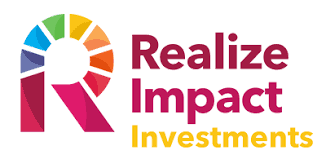KANGUNDO RESTORATION JOURNEY
From a semi-arid area to a regional food basket one fruit tree at a time

Bare farm cleared for firewood used domestically mainly for cooking
Current Challenge
According to a recent study on the Economics of Land Degradation and Improvement in Kenya, 12.3% of the country’s land suffers from severe degradation, 52% from moderate degradation and 33% is vulnerable to land degradation
Charcoal production, the excessive use of fertiliser, gully erosion, mining, and land degradation all present a serious threat to Kenya’s economy and environment. As a result of these challenges, the country has seen agricultural output reduce, droughts increase and greater levels of climate vulnerability.
Deforestation
Many people in Kangundo depend on firewood and charcoal as a source of fuel, leading to an increase in deforestation. This area has been experiencing long spells of drought, increased cases of landslides and flooding when heavy rains are experienced.
Soil Contamination
Excessive use of pesticides and fertilizer has resulted in soil pollution. Horticultural farmers in this region have overused pesticides and fertilizer during production of the crops. This has gradually created an imbalance in soil fertility leading to reduced land productivity.
Quarrying and Mining
Large portions of land have been cleared and vegetative cover destroyed because of increased mining activities. The greatest effect is the disused quarry pits that pose a danger both to human beings and the animals and a breeding ground for water-borne diseases e.g., malaria during the rainy season.
Soil Errosion
Improper farming practices, e.g., clearing vegetative cover, burning grasslands and shrubs during land preparation, have led to increased erosion of soil during the rainy season. Land has eventually been rendered unproductive by the gullies and rills formed after soil erosion. Rivers have become polluted from soil sedimentation while some have dried up completely.
Environmental Goals
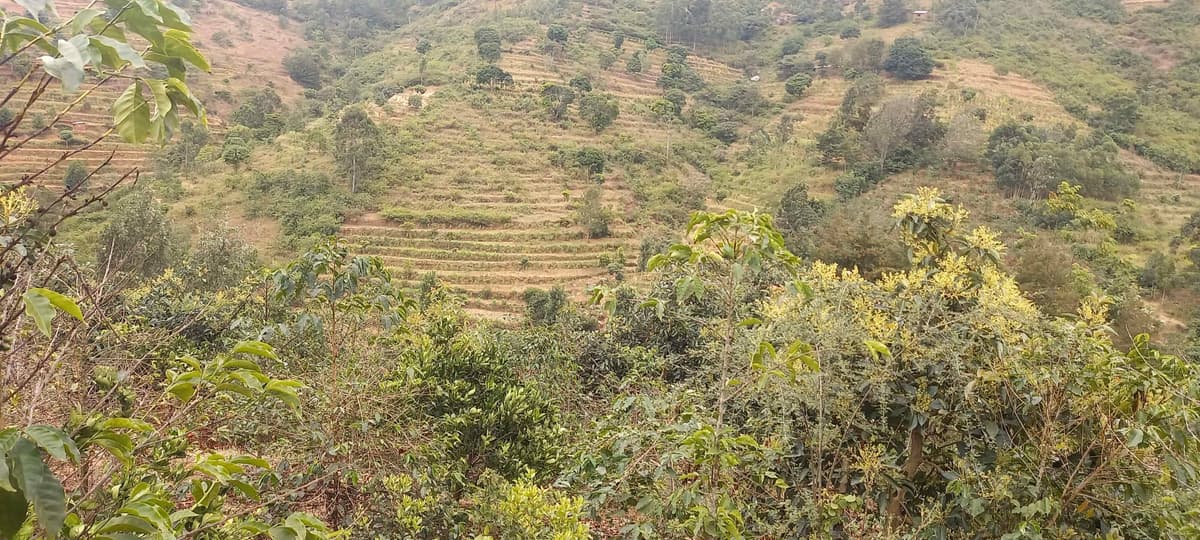
A view of Kangundo’s landscape in a high-altitude area
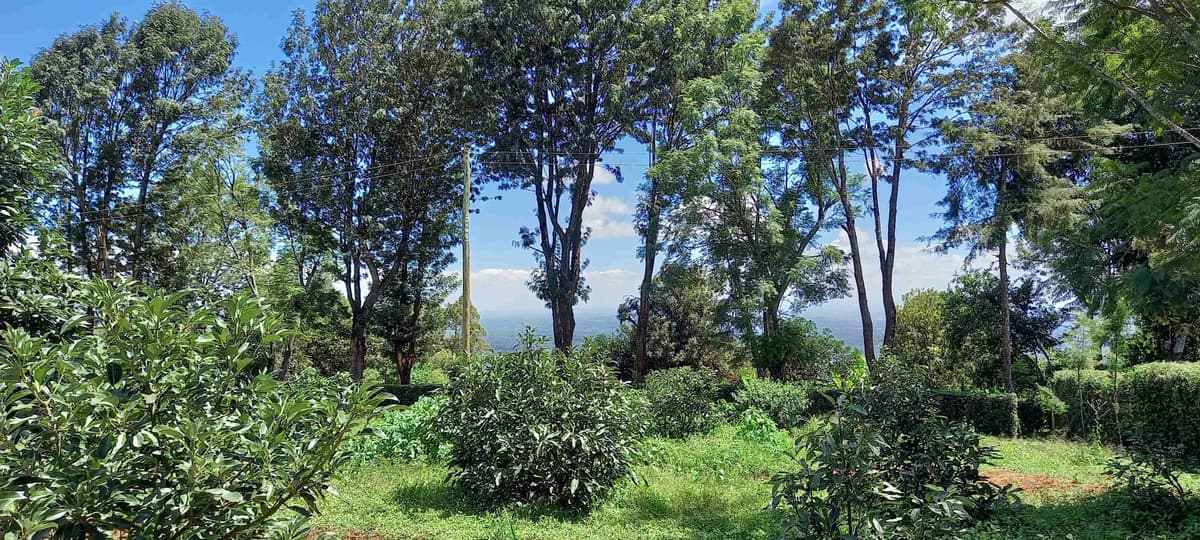
A farm in Kangundo with a growing avocado orchard

Some of our staff working on the nursery in the bagging stage
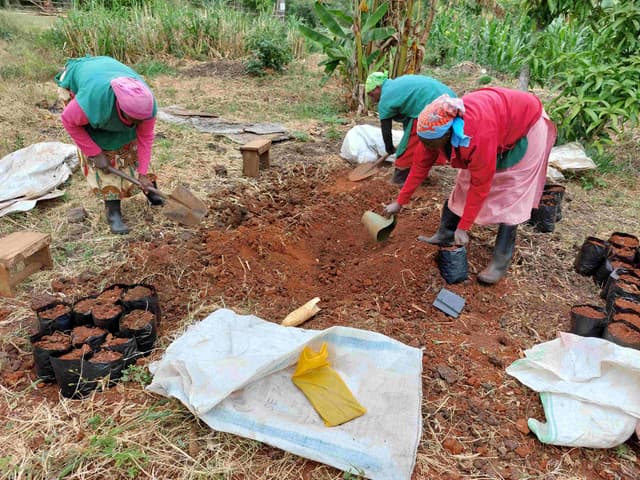
Some of our staff working on the nursery in the bagging stage
Socio Economic goals




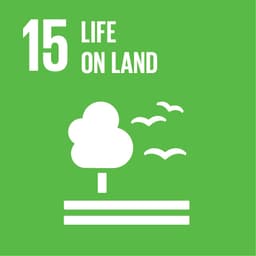
Action
As Afrex Gold, we put community development and nature at the heart of its work. We company works with over 1,200 farmers country wide, local exporters, direct buyers and wholesalers all over the world. Our overarching mission of Afrex Gold is to give back to society and empower the community to care about the environment, as well as empower farmers to earn a decent income from their harvest. Through our seedlings nursery, we are looking at propagating and planting over 80,000 trees in Kangundo area, working with over 400 farmers and restoring more than 200 Ha and impacting over 1500 people. (We have so far provided over 11,000 trees to farmers in the area).

Our Nursery with a holding capacity of approx. 50,000 Avocado seedlings
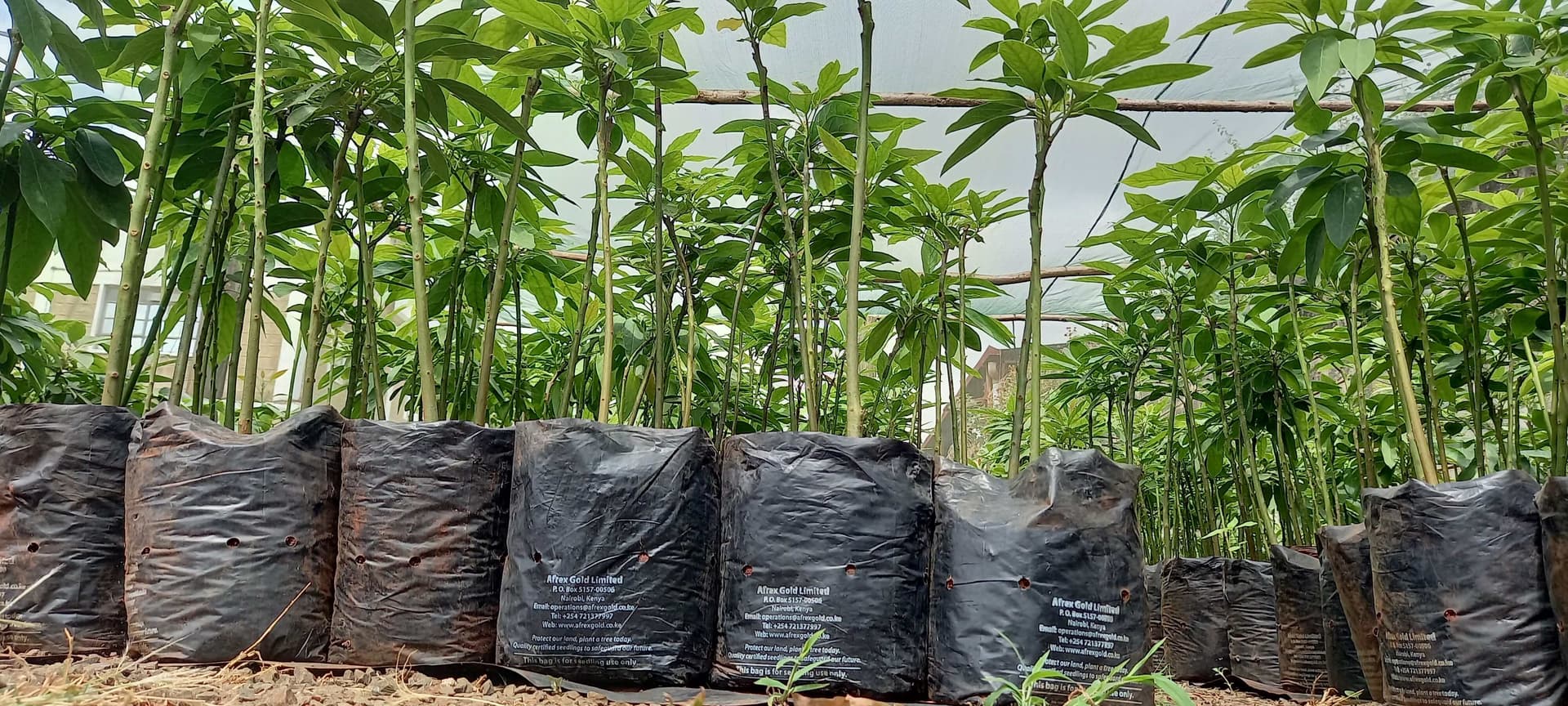
Our Nursery with a holding capacity of approx. 50,000 Avocado seedlings
Farmers are the main partners in our restoration efforts. We train farmers and provide the resources they need to produce high-quality avocado tree seeds and achieve higher yields. The production process begins on the farms. We provide avocado seedlings to farmers and organise them in groups to support planting throughout the growing season. In line with our goal of empowering women, male farmers are incentivized to encourage and involve women in their groups rather than leaving them behind to do household chores. As a result, 70% of the company’s partner farmers are now women. We are also able to offer direct employment to women in our processing facility where the mature avocado is processed and ready for export.
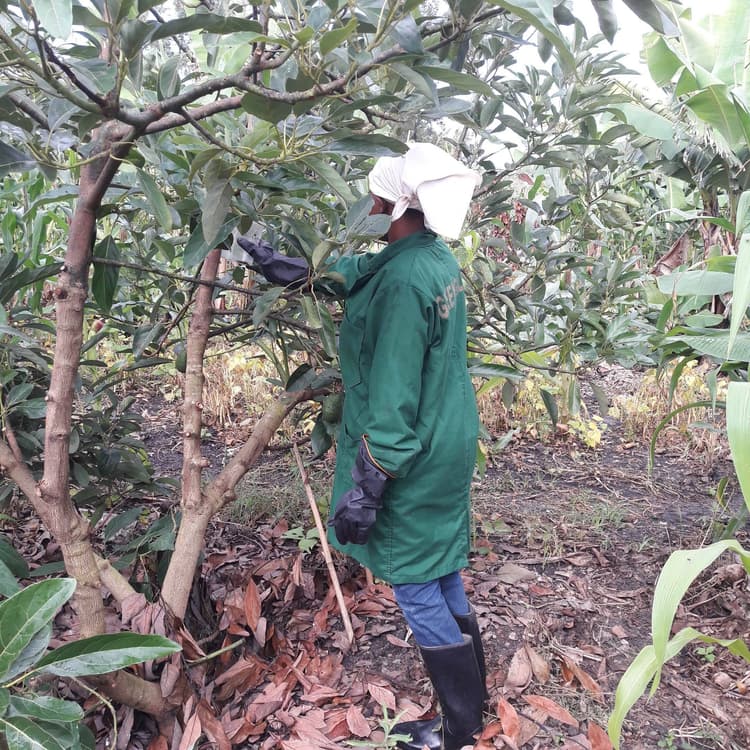
Farm Visit to checking progress of a farm and offering agronomical support

Our facility where we processing Avocado for export and offer jobs to over 70 people
Community Follow-Up and Training
Farmers get training before and after planting avocados, Good Agricultural Practices and Integrated Pest Management Mechanisms. They also get guidance on short term crops that can be intercropped with the trees to provide alternative income streams and help improve soil fertility. The community is guided on how to establish an apiary to aid in pollination of trees & income generation from honey.
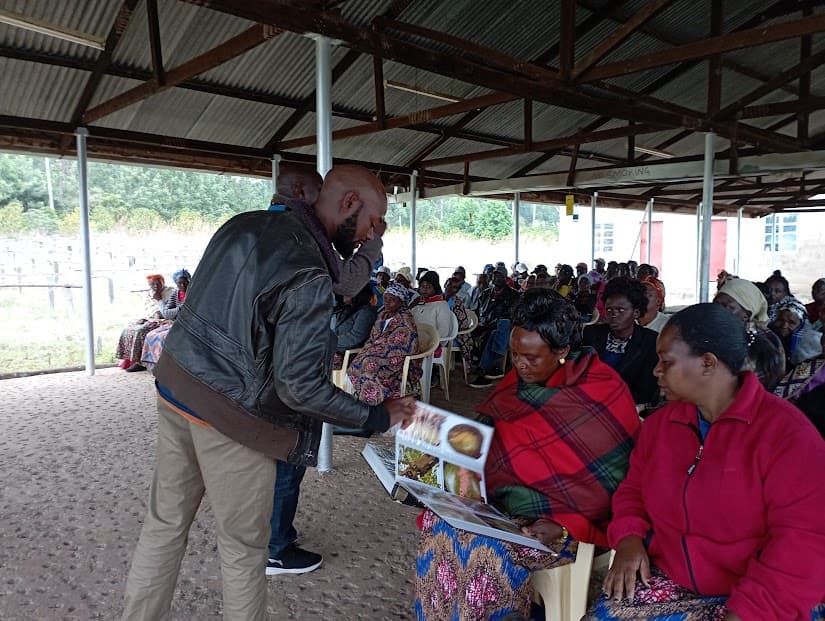
Farmer Training on Good Agricultural Practices and Pest Management

Farmer Training demonstrating seedling care
Regular farm visits to check on the progress of different farms and offer agronomic advice. A company agronomist is available to help farmers deal with emerging issues in their orchards and to offer guidance to the farmers on maintaining a healthy tree. Occasionally, training in the factory occurs to demonstrate to the farmers what happens once their fruits are received at the factory. These sessions are designed to enlighten the farmer on handling techniques after harvest, post-harvest treatment, traceability, and pre-cooling of the fruits to ensure that only the best quality fruits are packed for sale in various markets.
Training on Tree Maintenance and After Care majorly involves
- Continuous tree care education.
- Education on adopting better irrigation systems.
- Planting exotic trees at the borders of the orchards.
- Education on beekeeping provides pollinators for better yields.
- Advice on the benefits of intercropping.
- Manure application during planting.
- Mulching - helps conserve water.
- Pruning of trees annually.
- Regular scouting for pests and diseases & implementing Integrated Pest Management.
- Weeding and field sanitation.
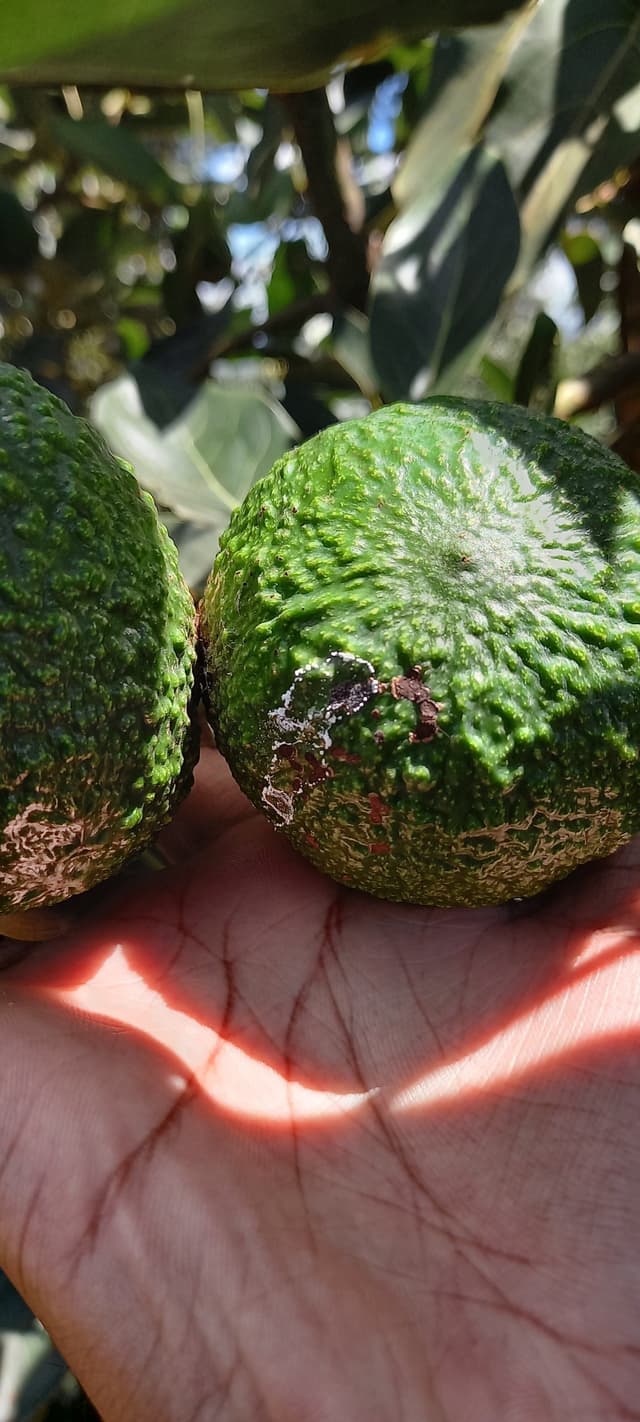
Fruit affected by False Codling Moth (FCM)

FCM Pheromone Trap

Some of our staff working on the nursery in the bagging stage
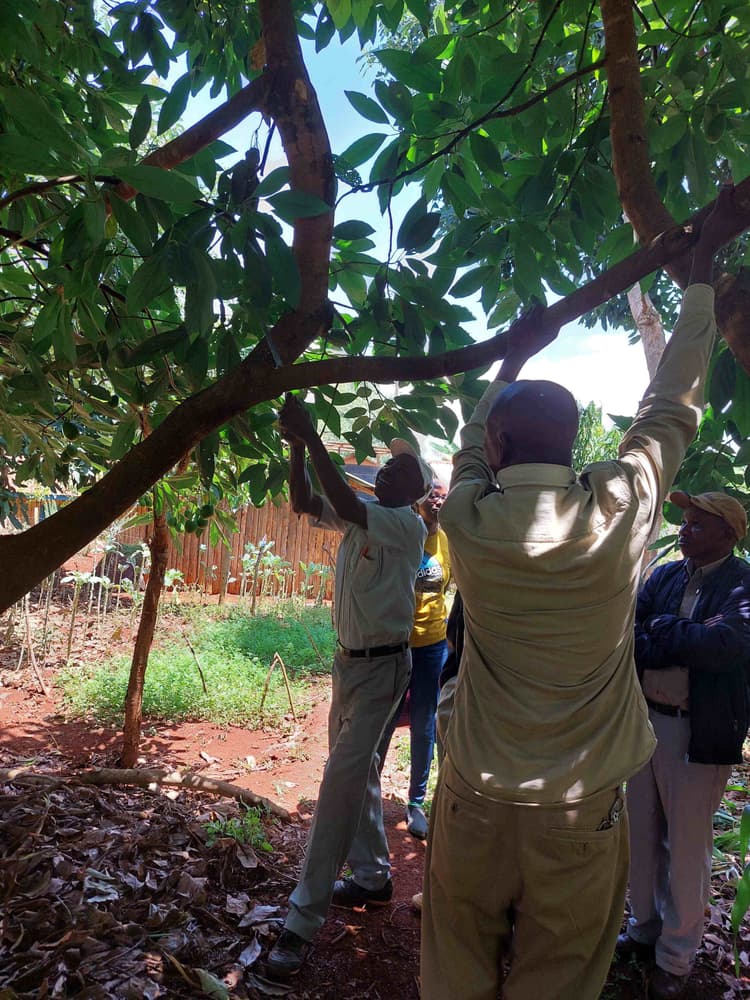
Some of our staff working on the nursery in the bagging stage

Hand-dug Well as a source of water for farming
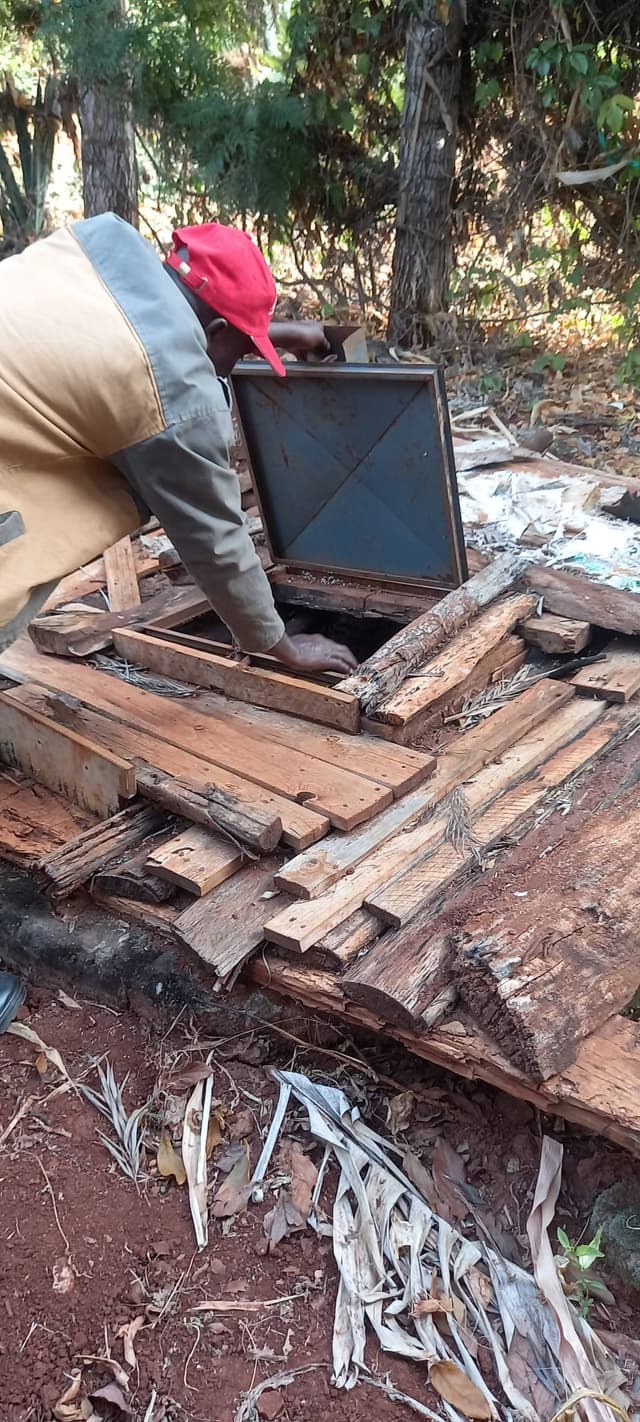
A farmer demonstrating how they fetch water for their orchard
Water Scarcity: A Perennial Challenge
Most farmers in Kenya rely on rainwater for their agricultural activities. While Kenya’s weather patterns are changing, the change in rainfall patterns has had a huge impact on Kenya because 98% of the country’s agriculture is rain-fed. With most parts of the country having two main rainy seasons, from March to May’s (long rains) and October to December’s (short rains), most farmers are always racing against time and forced to plant during the rainy season which also dictated harvesting and normal plant care. Kangundo area is also not spared being in a hot climatic zone, with no permanent river in proximity. As most farmers fall in the low-income bracket, they are heavily dependent on rainwater since they lack the resources and skill to sink a borehole, buy water storage tanks or even dig a well.
Digging trenches to hold rainwater acts as a temporary remedy, however it is not reliable due to evaporation and ground seepage. Currently, seedling survival rate is at about 60% mainly due to dehydration. In some cases, farmers have taken it upon themselves to regraft/replant a new seedling, in anticipation of one drying out.
We need to find alternative water solutions to ensure survival and eventual growth of seedlings for farmers to enjoy the bounty from their harvest in a few years to come. An immediate solution is having water storage solutions that can take advantage of seasonal rains, and hold water for months, which will also be complimentary for their domestic water needs.
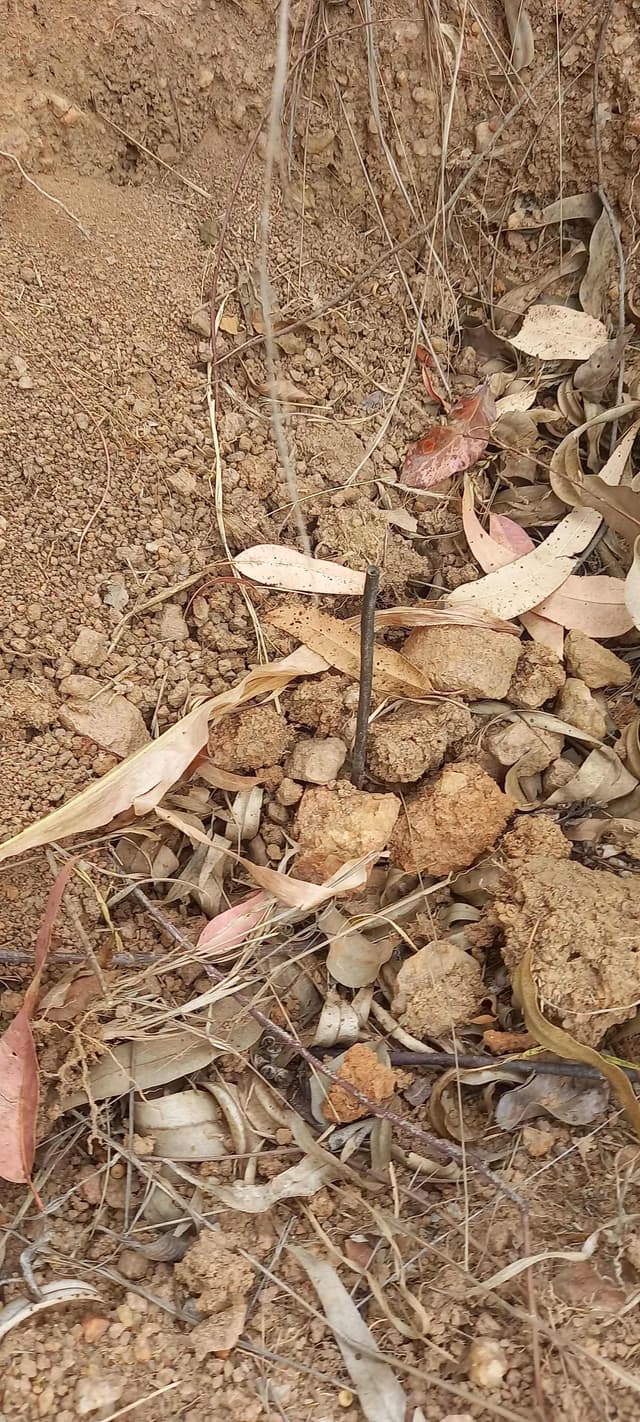
Dried-out seedling due to lack of water and hot temperatures
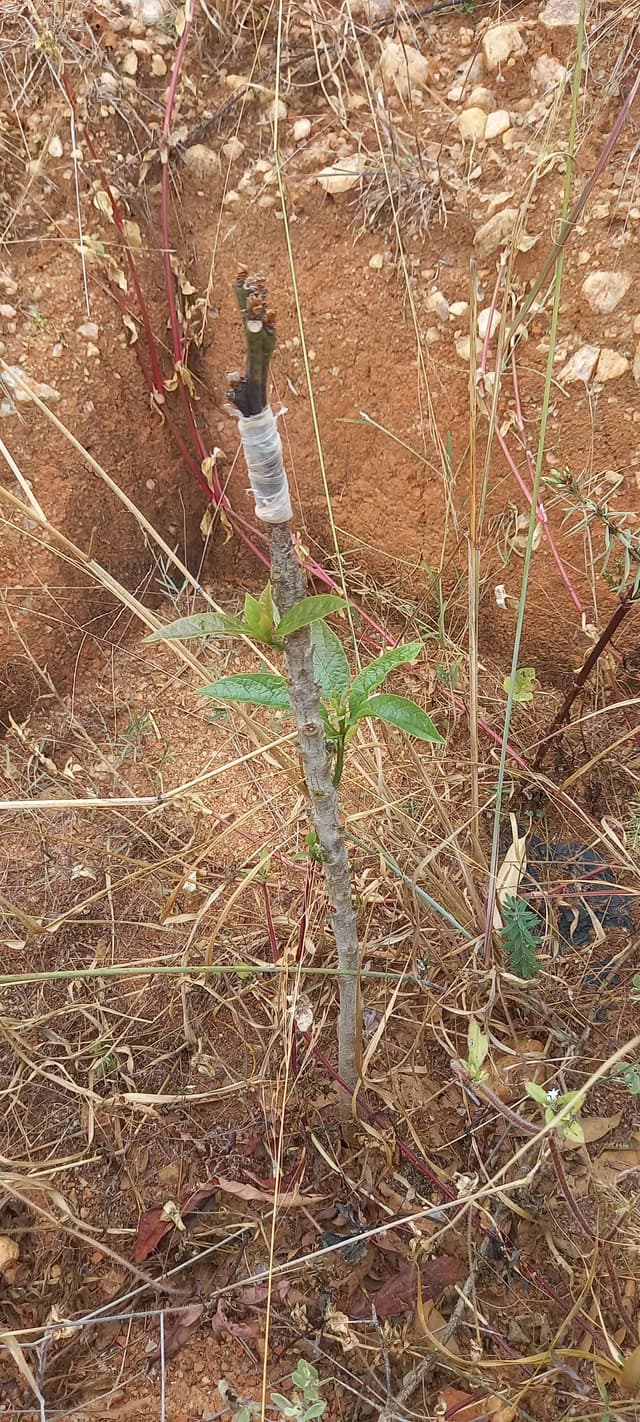
A farmer’s regrafted seedling to salvage dried-out seedling
Our Partners
Through the partnership with Land Accelerator - - Africa and TerraFund for AFR100 (an initiative of World Resources Institute, One Tree Planted, and Realise Impact that finances Africa's top restoration enterprises and projects) we aim to onboard an extra 250 farmers. The partnerships support us in providing technical support to our farmers/communities, to increase avocado production and grow additional trees. The impact of the to date demonstrates the power of community engagement in successful restoration efforts and the importance of not only planting trees, but growing and maintaining them as well and improving people’s livelihoods.


